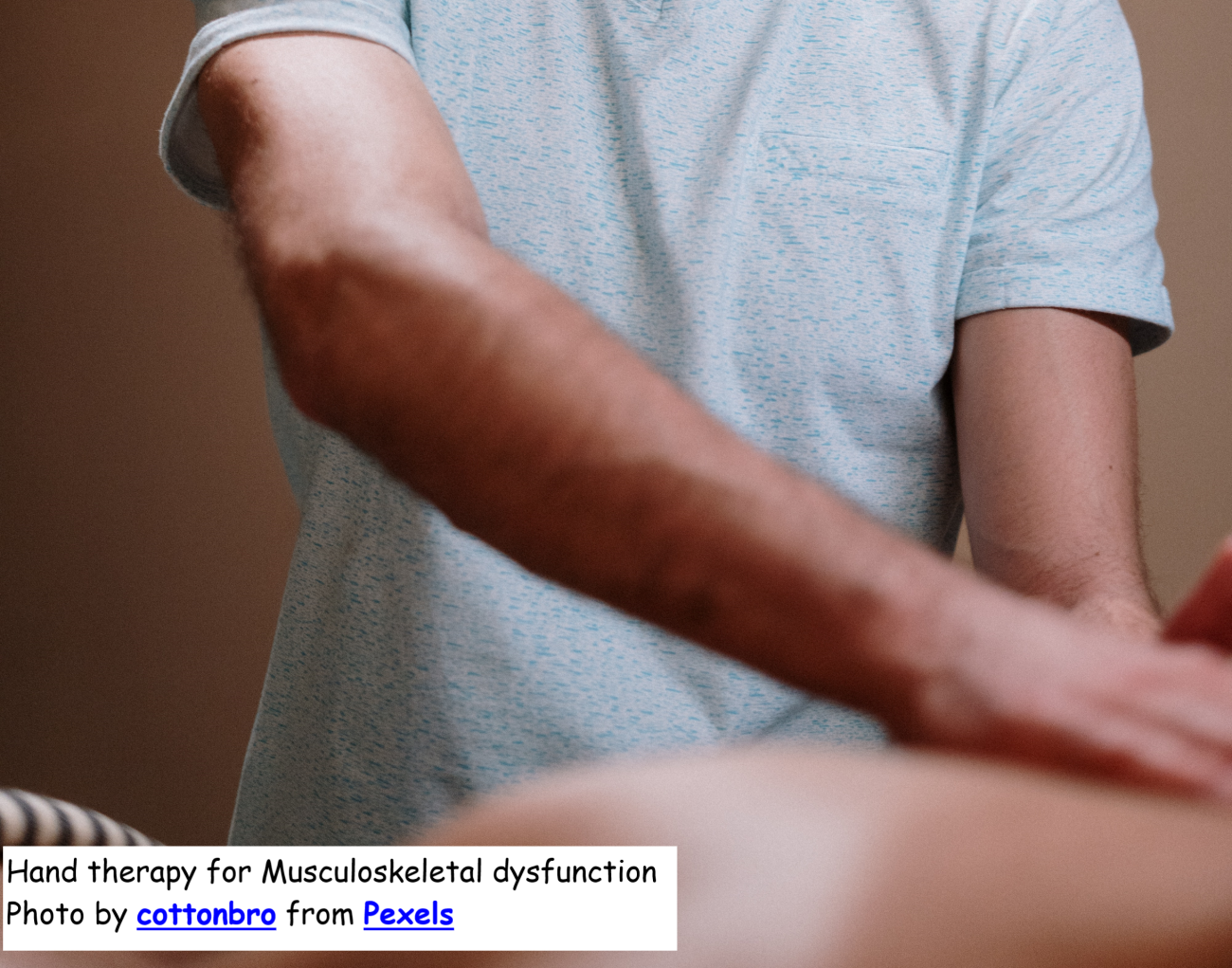How can massage therapy help?
In massage therapy, trained professionals evaluate and treat abnormal physical function, for example, an injury, disability, disease or condition.
A massage therapist is a trained professional with experience in diagnosing physical abnormalities, restoring physical function and mobility, maintaining physical function, promoting physical activity and proper function.
Massage therapists can be found in a range of healthcare settings:-
Private practices,
Home health,
Sports and fitness centres,
Occupational settings.
What to expect
Massage therapy can help people of all ages with a range of conditions e.g., reduce pain and anxiety, and reduce the physiological burden of stress.
Massage therapists take care of clients in all phases of healing, from initial assessment through the restorative and preventive stages of recovery. Massage therapy may be a standalone option, or it may support other physical and psychological treatments.
Whichever way a client locates a massage therapist, they can expect to:
Undergo a physical exam and evaluation, which includes:
health history
evaluation of posture, movement and flexibility,
and of muscle and joint motion and performance
Receive a clinical assessment, prognosis, plan of care and short and long term goals
Receive massage therapy treatment based on the therapist’s evaluation and assessment where the client will be consulted every step of the process
Receive self-management recommendations
A massage therapist will often describe and demonstrate exercises that the clients can do at home, to help them function more effectively.
Common conditions
Massage therapists can treat a wide variety of soft tissue conditions, depending on their specialty.
Some conditions that can benefit from this type of treatment are:
Hand therapy for conditions such as carpal tunnel syndrome and trigger finger
Musculoskeletal dysfunction such as back pain, rotator cuff tears, and temporomandibular joint disorders (TMJ)
Neurological conditions such as stroke, spinal cord injuries, multiple sclerosis, vestibular dysfunction, and traumatic injuries
Sports-related injuries, such as
o Tennis/Golfers elbow
o Sprains.
o Strains.
o Knee injuries.
o Swollen muscles.
o Stretched Achilles tendon.
o Post Fractures.
o Post Dislocations.
o Rotator cuff injury. .
o Shin splints.
o Runner’s / Jumper’s knee..
Benefits of massage therapy
Depending on the reason for treatment, the benefits of massage therapy include:
Pain management with reduced need for opioids
Avoiding or prolong time in which surgery becomes necessary
Improved mobility and motion
Recovery from injury or trauma
Recovery from stroke or paralysis
Improved balance
A sports massage therapist can help athletes to maximize their performance through strengthening specific parts of the body and using muscles in new ways.
Massage therapist can advise individuals about the benefits specific to their personal medical history and their need for treatment.
Types of Massage Therapy
Massage therapy can help a client regain motion or strength after an injury or illness.
A variety of therapy modalities can be applied to treat a range of conditions.
Orthopaedic Massage therapy
Treats musculoskeletal injuries, which can involving the bones, muscles, fascia, ligaments, and tendons. It is suitable for medical conditions such as post fractures, sprains, tendonitis, tendinosis, bursitis, chronic pain and rehabilitation or recovery post orthopaedic surgery.
Clients may undergo therapy that could include joint mobilizations, manual therapy, strength exercise, and mobility stretches.
Geriatric massage therapy
Can help older clients who develop conditions that affect their mobility and physical function, including arthritis, osteoporosis, Alzheimer’s disease, hip and joint replacement, balance disorders, and fibromyalgia. This type of treatment aims to restore mobility, reduce pain and increase physical fitness levels.
Neurological massage therapy
Can help people with neurological disorders and conditions such as Alzheimer’s disease, brain injury, cerebral palsy, multiple sclerosis, Parkinson’s disease, spinal cord injury, fibromyalgia and stroke. Treatment may aim to increase limb responsiveness, treat paralysis, and improve muscles strength by reducing muscle atrophy.
Cardiovascular and pulmonary rehabilitation
Can benefit people affected by some cardiopulmonary conditions and surgical procedures. Treatment can increase physical endurance and stamina.
Paediatric physical therapy
Aims to assess, treat, and manage conditions that affect infants, children, and adolescents. These can include cerebral palsy, spina bifida, torticollis and other conditions that impact the musculoskeletal system.
Decongestive therapy
Can help to drain accumulated fluid in clients with lymphedema and other conditions that involve fluid accumulation.
Wound care therapy
Can help to ensure that a healing wound is receiving adequate oxygen and blood by way of improved circulation. Massage therapy may include the use of manual therapies such as electric stimulation, compression therapy and wound care.
Extra therapy treatment
Apart from physical manipulation, massage therapy treatment may involve:
Ultrasound, to promote blood flow and healing by heating the tendons, muscles, and tissues
Electrical stimulation, or E-stim, uses electrodes applied to the skin to reduce pain and increase functional capability. One type of E-stim is Transcutaneous Electrical Nerve Stimulation (TENS).
Heat and cold therapy
The massage therapist will recommend the most appropriate treatment.








